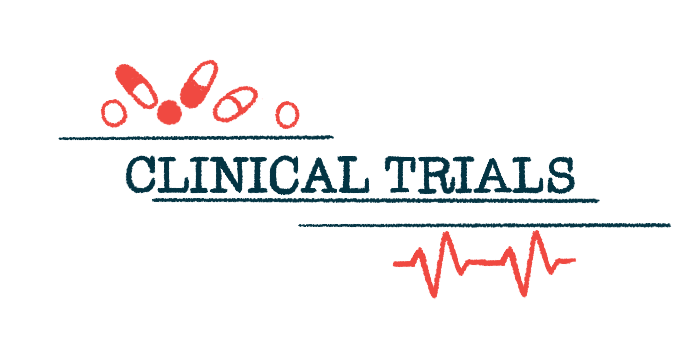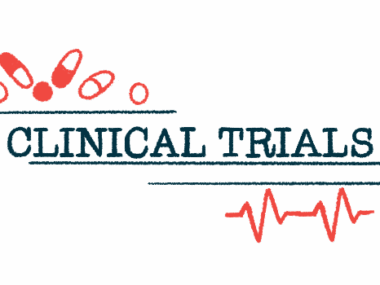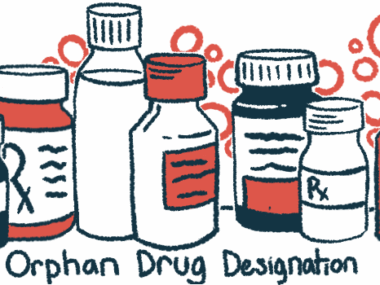New treatment leads to longer survival for glioblastoma patients
CAN-3110 shows benefits in trial for highly aggressive form of glioma
Written by |

In a small clinical trial involving individuals with recurrent glioblastoma — a highly aggressive form of glioma — patients who received a single injection of the therapy candidate CAN-3110 lived a median of about one year after treatment, new data show.
This survival time is longer than what’s typically seen with current treatment options, according to Candel Therapeutics, the therapy’s developer, which announced the positive new data from its ongoing Phase 1b clinical trial.
“Glioblastoma is among the most difficult cancers to treat, with an expected median overall survival of less than [six] to [nine] months in recurrent glioblastoma,” Francesca Barone, MD, PhD, Candel’s chief scientific officer, said in a company press release. “The promising data presented today highlight the transformational potential of CAN-3110 in this indication, with [overall survival] in individual patients substantially exceeding historical benchmarks.”
CAN-3110 contains a virus engineered to specifically infect tumor cells. It kills them in a way that will activate the immune system to attack the remaining tumor cells, according to Candel.
The company is sponsoring a Phase 1 study (NCT03152318) in the U.S. that’s testing the therapy in people with recurrent glioblastoma.
2 patients given glioblastoma treatment alive years later
In the first two arms of the research study, participants received a single injection of CAN-3110, administered directly into tumors during a surgical procedure to collect a tumor biopsy.
In arm A, 41 patients were given CAN-3110 only, and in these patients, the median overall survival time was 11.8 months, or nearly one year, after treatment. In arm B, nine patients were given CAN-3110 in combination with a chemotherapy pretreatment. The median overall survival time in these patients was 12 months.
As of August, one participant in arm A was still alive at 59.2 months, or nearly five years, and one in arm B was alive at 42.4 months, or about 3.5 years, after receiving CAN-3110.
In arm C of the Phase 1 trial, participants are being given multiple injections of CAN-3110 over time. Thus far, nine patients have received between four and six injections. With a median follow-up time of 8.9 months, four of these nine patients are still alive.
Candel highlighted that three of the five patients who died did so more than a year after starting CAN-3110 treatment. The company also noted that there was no evidence of better outcomes in patients given more than four injections, which will be an important consideration for future testing.
Arm C of the Phase 1 study is still ongoing, with plans to enroll a few more patients. Recruitment is continuing at sites in the U.S.,
The company said it expects to share “mature [median overall survival] data and an update on long-term survivors” before the end of 2026.
Researchers question the accuracy of imaging in glioblastoma trials
In addition to the new survival data, Candel also announced the publication of a study in which scientists looked at nearly 100 biopsies collected over time from the first two participants in arm C of the Phase 1 trial. The paper, “Serial multiomics uncovers anti-glioblastoma responses not evident by routine clinical analyses,” was published in the journal Science Translational Medicine.
The serial biopsies revealed that CAN-3110 appeared to be inducing an antitumor immune response as intended. Specifically, following treatment, there was a clear increase in the number of cancer-attacking immune cells.
“Through sophisticated analysis of serial biopsy samples, we showed that CAN-3110 can transform the tumor microenvironment,” said E. Antonio Chiocca, MD, PhD, principal investigator of the clinical trial and executive director of the Center for Tumors of the Nervous System at Mass General Brigham Cancer Institute. Chiocca led this research as part of the multi-institutional Break Through Cancer Accelerating GBM Therapies Through Serial Biopsies TeamLab.
“For the first time, we identified [cancer-targeting immune cells] … alongside evidence for an antitumoral response, providing support for the dual mechanism of action of CAN-3110,” Chiocca said.
Importantly, according to the team, this influx of immune cells also made the tumors appear larger on MRI scans, which are traditionally used to track the growth of glioblastoma tumors. This will be a key consideration for clinical trials, as it suggests traditional imaging methods may not be able to accurately track treatment response.
“These data unveil a critical limitation in glioblastoma clinical trials, demonstrating our inability to accurately assess efficacy of immunotherapies using conventional imaging,” said Chiocca, who coauthored the study.
The encouraging results with CAN-3110 in recurrent glioblastoma strengthen our confidence in the potential of our viral immunotherapy platform to address one of the most devastating cancers.
Paul Peter Tak, MD, PhD, president and CEO of Candel, noted that the company was pleased with “the observed clinical benefit” of its experimental therapy.
“The encouraging results with CAN-3110 in recurrent glioblastoma strengthen our confidence in the potential of our viral immunotherapy platform to address one of the most devastating cancers,” Tak said.








